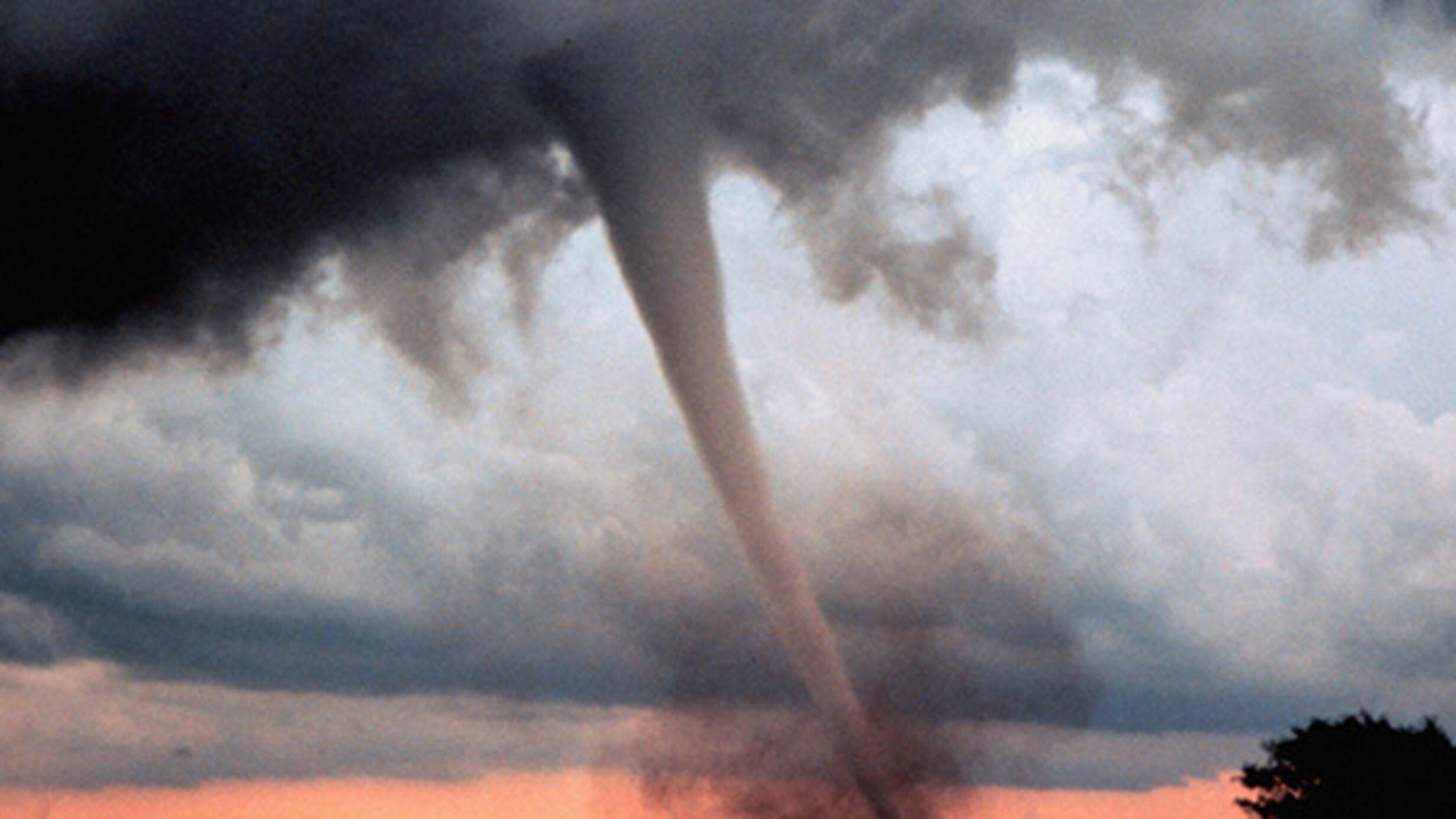Tornadoes
Part of the Nature's Fury: The Science of Natural Disasters exhibition.
 This F-5 category tornado formed in Oklahoma on May 3, 1999.
This F-5 category tornado formed in Oklahoma on May 3, 1999.© OAR/ERL/National Severe Storms Laboratory (NSSL)
Tornadoes get their start from thunderstorms, and the central United States is a perfect thunderstorm factory because it has just what they need to get started: warm, humid air colliding with cool, dry air.
These conditions spawn more than 600 tornadoes, on average, in the United States every year.
Chasing Storms For Science—and Safety
© Carsten Peter/National Geographic Image Collection
At 2:23 pm on June 11, 2004, severe storms researcher Tim Samaras captured something on video no one ever had before: the inside of a tornado.
Samaras designed a special “probe” outfitted with cameras and an audio recorder and built to stay put in a twister. Along with two colleagues, he chased down a tornado near Storm Lake, Iowa, and placed the probe directly in its path.
Catching the inside of a roaring twister on video may sound exciting (or crazy), but it isn’t for thrills. By analyzing the video frame by frame, researchers can do something never successfully done before: calculate wind speeds in the bottom 30 feet (10 meters) of a tornado, where the damage happens.
Greensburg, Kansas, Tornado
May 4, 2007
© Charlie Riedel/AP Photo
On a spring night in 2007, the citizens of a small Kansas town faced a catastrophe beyond imagining.
What happened?
- Shortly before 10 pm, a warning was issued that a mile-wide EF5 tornado—the most powerful that there is—was bearing down on Greensburg.
- In less than 10 minutes, the storm ripped the town to shreds with winds estimated at more than 200 miles per hour
- Ten lives were lost, and 95 percent of the town’s structures were damaged or destroyed entirely.
Kansans are tornado-savvy people. When the warning sirens shrieked, most of Greensburg’s 1,500 or so residents had time to retreat to basements and storm shelters.
But few structures can withstand an EF5 tornado. When the fury had passed, people clambered through the rubble to find their homes crushed, or simply ripped away, above them.
Damaging tornadoes are rare outside of the United States, but their damage is typically very localized. As for Greenburg, although the warning systems did not limit the damage, they did reduce the death toll.
Lead image:
This EF5 category tornado formed in Oklahoma on May 3, 1999. © OAR/ERL/National Severe Storms Laboratory (NSSL)